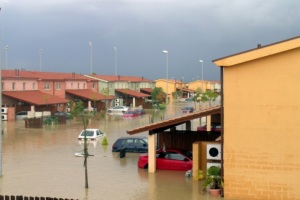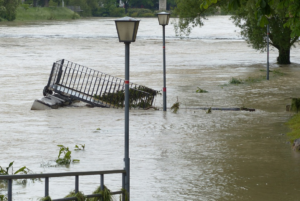To-Do Checklist After a Flood: Water Damage Restoration Tips
After a flood, the damage can be extensive. Not only is your home or business at risk for structural damage, but the flood can also provoke dangerous mold growth and contaminate your belongings. According to an article at hvtimes.com, your water filter might also be at risk. If you have suffered flood damage, taking proper action quickly is a must to minimize the damages. But how can you do it right? How can you stay safe when doing the water damage restoration and clean-ups? This checklist will help you get started with the water damage restoration process.
Deal With the Utility Issues First
Before even getting started, go home only after it’s safe. Then, you can begin the restoration by dealing with the utility issues first. It means turning off the water, power, and gas. Once these are all turned off, you can start draining the floodwater from your property. You don’t want to get electrocuted or have an explosion while trying to clean up the flood damage.
Stop the Flow of the Flooding
 Once you’ve dealt with the utility issues first, you need to stop the flow of floodwater into your property as soon as possible. This can be done by patching up any holes or cracks in the walls or foundation. If you have sandbags, use them to block floodwater from coming in. Once you’ve stopped the flow of floodwater, you can start pumping it out of your home or business. Suppose you can’t stop the floodwater from coming in. In that case, you may need to evacuate and stay somewhere safe until the floodwaters recede.
Once you’ve dealt with the utility issues first, you need to stop the flow of floodwater into your property as soon as possible. This can be done by patching up any holes or cracks in the walls or foundation. If you have sandbags, use them to block floodwater from coming in. Once you’ve stopped the flow of floodwater, you can start pumping it out of your home or business. Suppose you can’t stop the floodwater from coming in. In that case, you may need to evacuate and stay somewhere safe until the floodwaters recede.
Disinfect and Dehumidify
After you’ve stopped the flow of floodwater and pumped it out of your property, you can start cleaning up the water damage. The best way to do this is to disinfect and dehumidify the area. This will help prevent mold growth and further damage to your belongings. You can use a wet vac to remove the water from carpets, upholstery, and other surfaces. Then, you can use fans and dehumidifiers to dry out the area. Once the place is dry, you can start cleaning up the flood damage and even power wash the exterior, the floor, and the walls.
Identify Any Structural Problems
 What’s next? Once the floodwater has been removed and the area is dry, you can start identifying any structural problems. It includes checking for cracks in the foundation, walls, ceilings, and floors. You should also check for water damage to electrical wiring and plumbing. If you find any structural damage, it must be repaired as soon as possible to prevent further damage.
What’s next? Once the floodwater has been removed and the area is dry, you can start identifying any structural problems. It includes checking for cracks in the foundation, walls, ceilings, and floors. You should also check for water damage to electrical wiring and plumbing. If you find any structural damage, it must be repaired as soon as possible to prevent further damage.
If you have flood insurance, then call your insurance company and start the claims process. And if you don’t have flood insurance, now is the time to start thinking about how you will pay for the damages. Water damage restoration can be expensive, but it’s nothing compared to the cost of rebuilding your home or business from scratch.…
Read More →